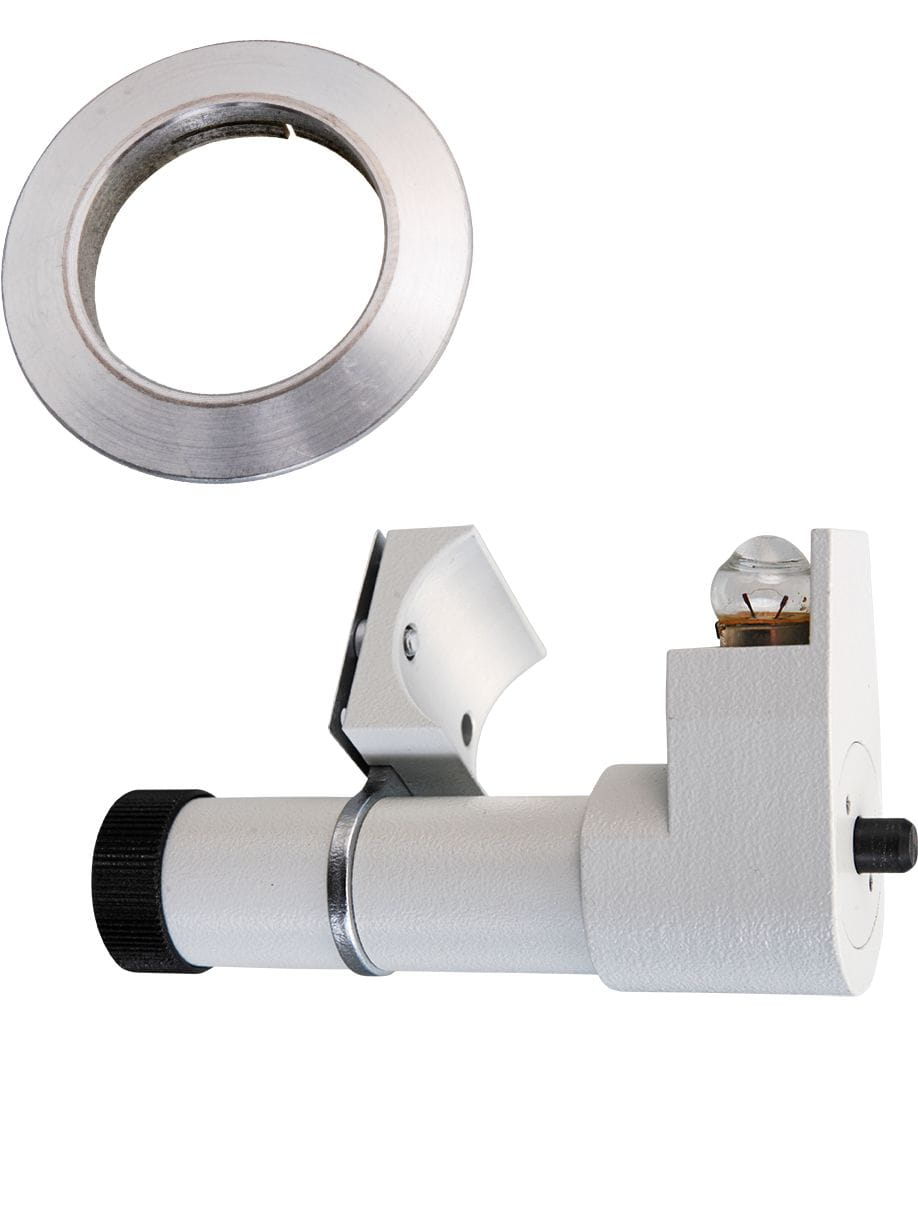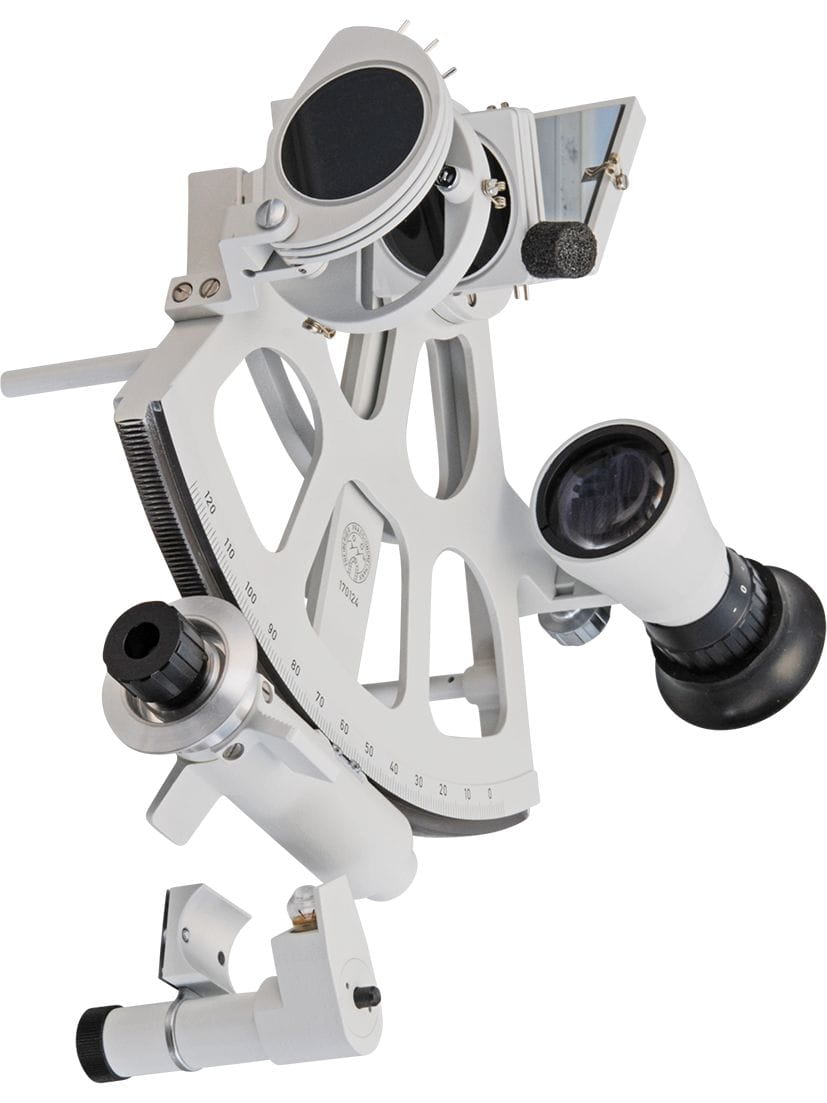







€198.00*
€198.00*
Prices incl. VAT plus shipping costs
Available, delivery time: 1 Tag
In stock
| Art. No. | description | for | Price (unit) | Delivery time | Note list | Buy |
|---|
Last seen products
More articles from this category




€198.00*
€198.00*
Prices incl. VAT plus shipping costs
Available, delivery time: 1 Tag
In stock
| Art. No. | description | for | Price (unit) | Delivery time | Note list | Buy |
|---|
Last seen products
More articles from this category
